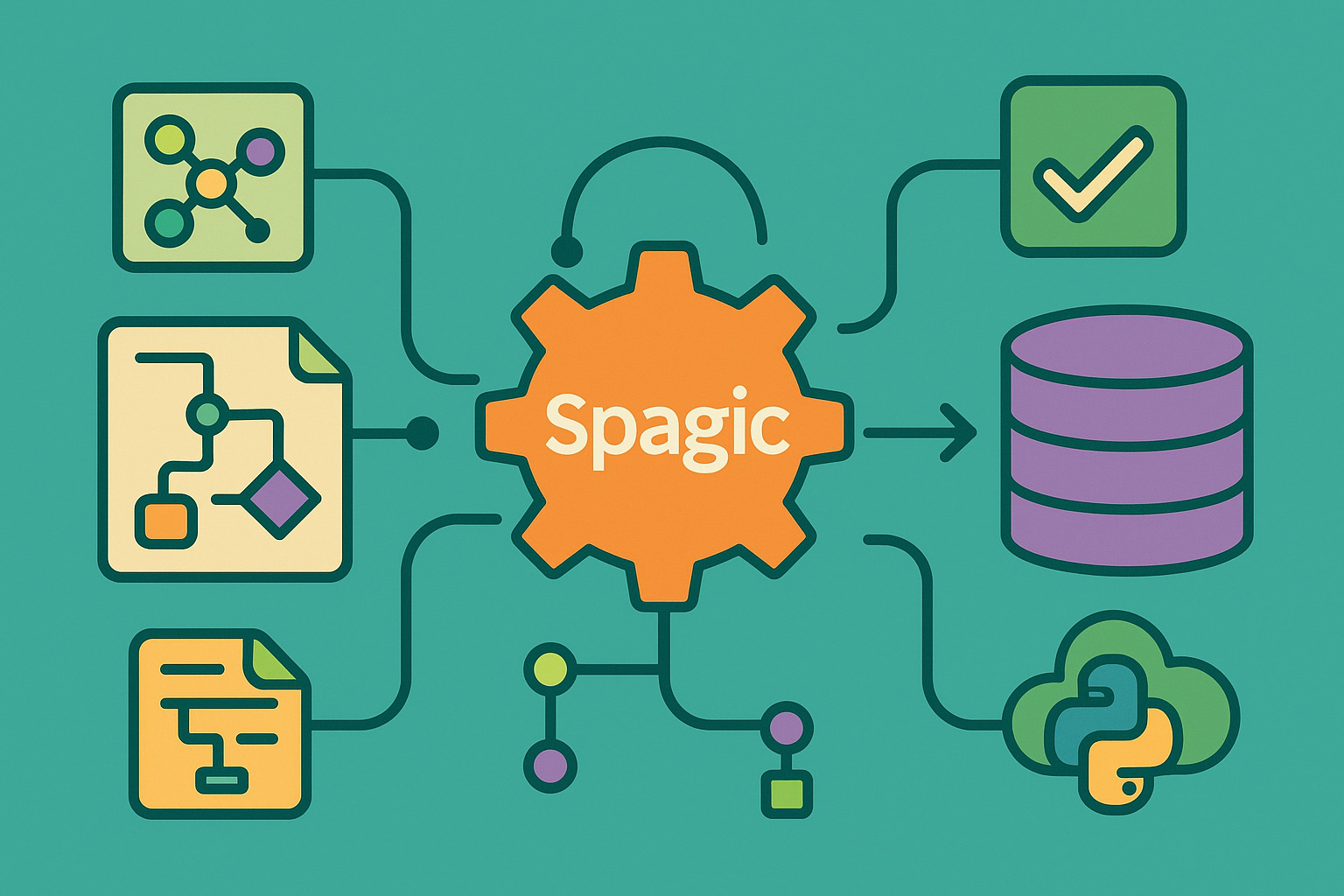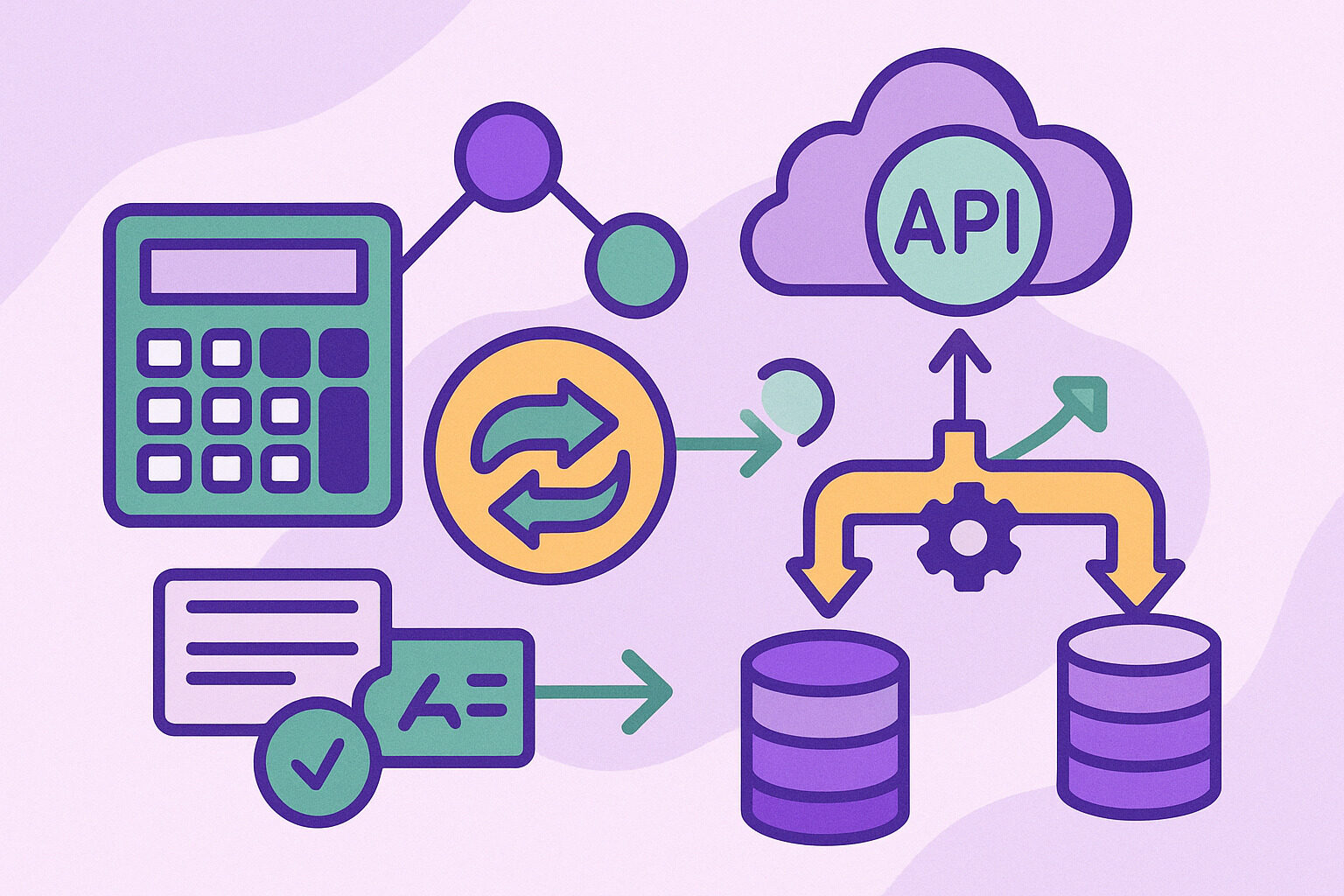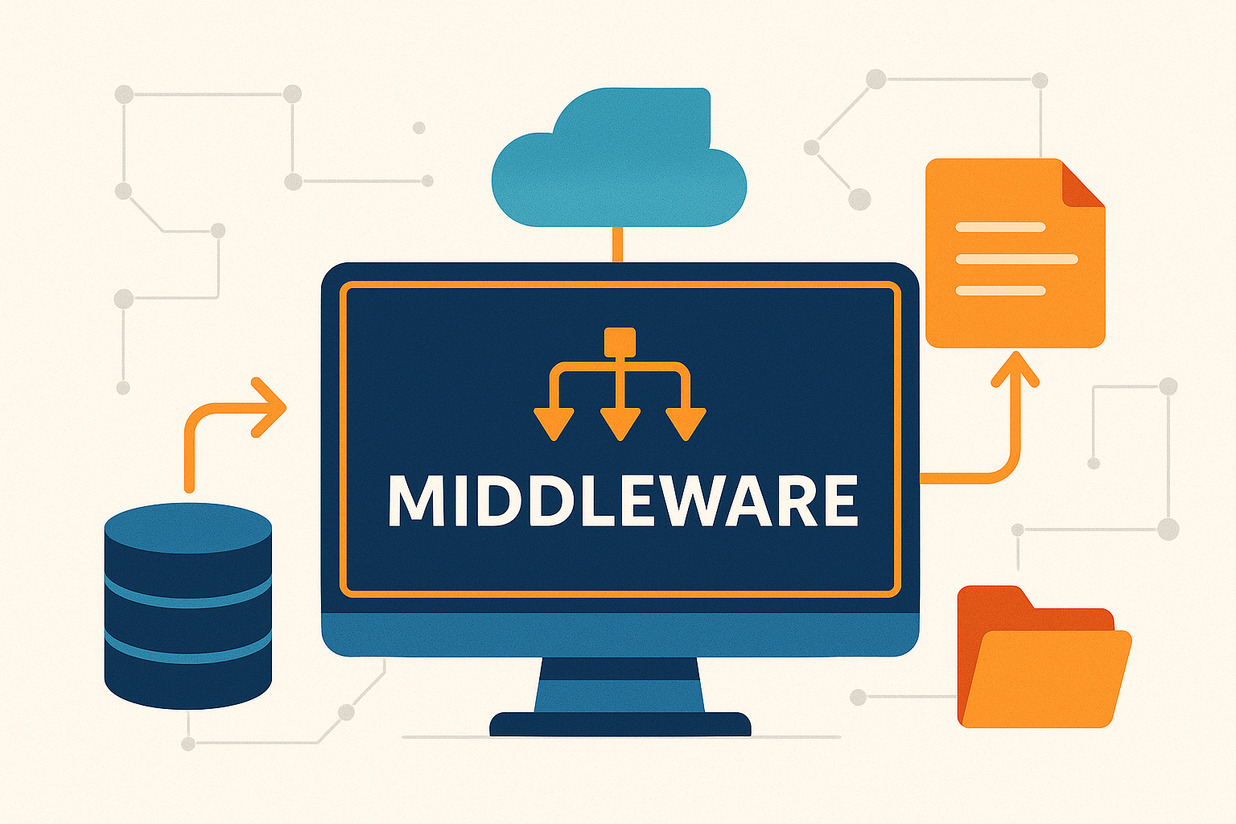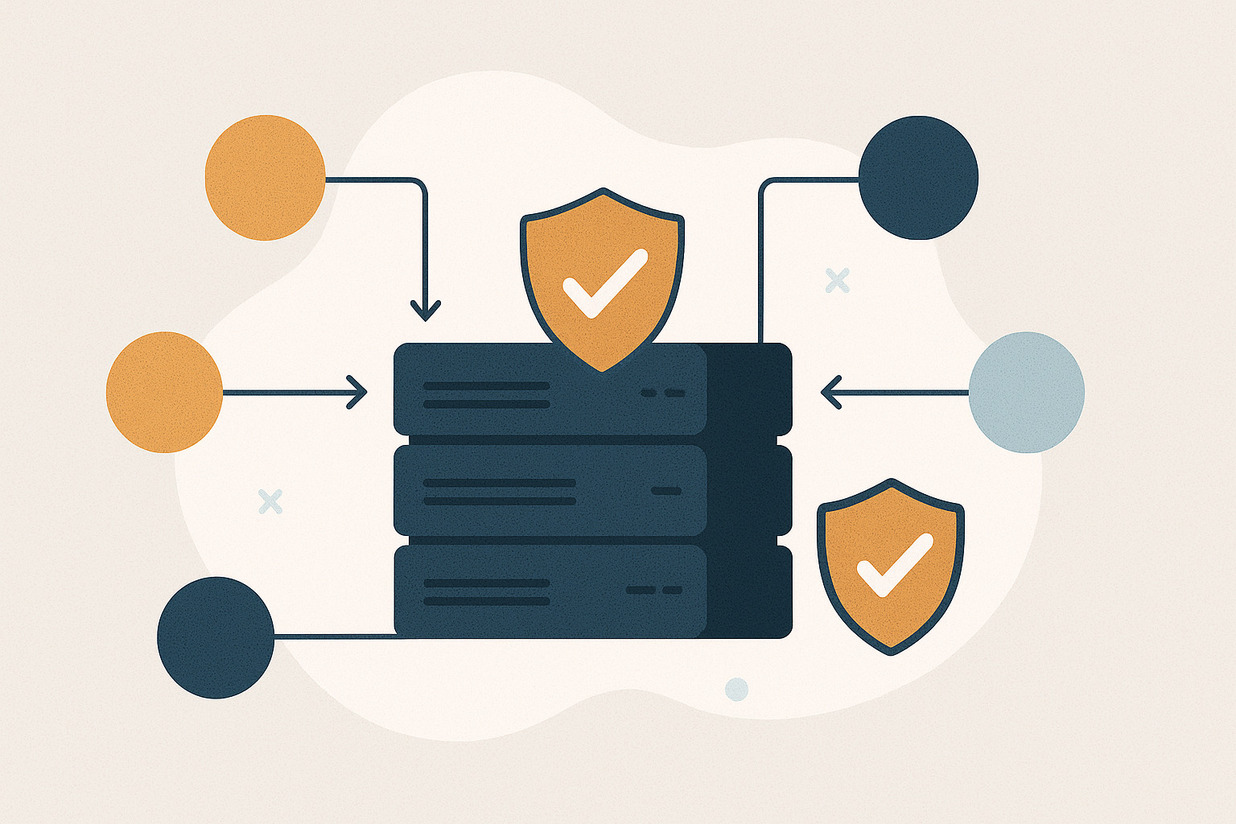Connecting enterprise processes to data sources using Spagic’s modular framework In many businesses, data flows through several systems—often in different formats and locations. Spagic helps tie those systems together by offering a platform for building and managing integration workflows. When paired with a database, Spagic can read, write, and transform data in real time. Whether […]
Continue ReadingUsing Online Calculators for Dynamic Data Conversion
Why dynamic data conversions are part of modern pipelines Automated systems often need to move data between tools that speak different languages. One app might use inches while another uses centimeters. One system might log timestamps in Unix format, while another expects readable dates. These gaps create friction during integration. To bridge these differences, data […]
Continue ReadingExploring Customization Options in Spagic
Adapting Middleware to Business Needs Not every business handles data the same way. Systems, goals, and workflows differ. This is why customization in middleware tools like Spagic plays such an important role. It allows teams to mold processes around what they already do, instead of forcing change to fit someone else’s design. Spagic gives users […]
Continue ReadingUsing Spagic for Data Transformation Tasks
Why Spagic Matters for Modern Data Handling Managing data across different systems can get complicated quickly. Formats, protocols, and business rules rarely align neatly. This is where Spagic finds its value. It helps organizations reshape their data into useful, compatible forms that support daily operations and long-term planning. For businesses juggling multiple applications, having a […]
Continue ReadingImplementing Error Handling in Spagic Workflows
Why Handling Errors Makes a Real Difference in Workflow Stability Spagic offers powerful tools for managing automated workflows across different services. But like any system handling real-time data and service interactions, problems can arise. Error handling in this context isn’t just about fixing bugs. It’s about building trust in your system’s ability to keep working, […]
Continue ReadingEvaluating Spagic Data Security Practices
Understanding the Purpose of Data Protection in Integration Systems Spagic, as a modular integration platform, plays a vital role in managing complex processes across different services and applications. Its use of middleware makes data flow between systems smoother and more manageable. With this level of responsibility, data security must be a constant priority throughout its […]
Continue ReadingSynchronizing Time Data for Middleware Operations
Precision Timing as a Backbone of System Communication Middleware often sits in the background, quietly managing the flow of data between applications. One element that keeps this flow reliable is synchronized time. Without aligned timestamps, messages can arrive in the wrong order, logs can become confusing, and triggers may fire too early or too late. […]
Continue ReadingComparing Spagic with Alternative Middleware
Middleware Landscape for Integration In today’s connected environments, middleware acts as the bridge that brings different systems and data sources together. Choosing the right platform can shape the success of every integration project, big or small. Spagic stands among various options, each offering unique tools and approaches. Businesses need middleware that fits their architecture, not […]
Continue ReadingStreamlining Data Integration with Spagic
Understanding the Importance of Seamless Data Integration Data integration is a vital part of running modern organizations, especially as systems multiply and data volumes grow. When different platforms cannot communicate properly, businesses face errors, inefficiencies, and lost opportunities. Spagic offers a smart approach to building reliable bridges between systems. Efficient integration allows companies to gain […]
Continue ReadingMiddleware Integration Best Practices with Spagic
Planning for Clear Integration Goals Before starting any middleware integration project, it is essential to have well-defined goals. Knowing what the integration should achieve keeps the entire process on track. In Spagic, this means setting clear expectations for data movement, process automation, and system communication from the beginning. Careful planning helps avoid misunderstandings between teams […]
Continue Reading








